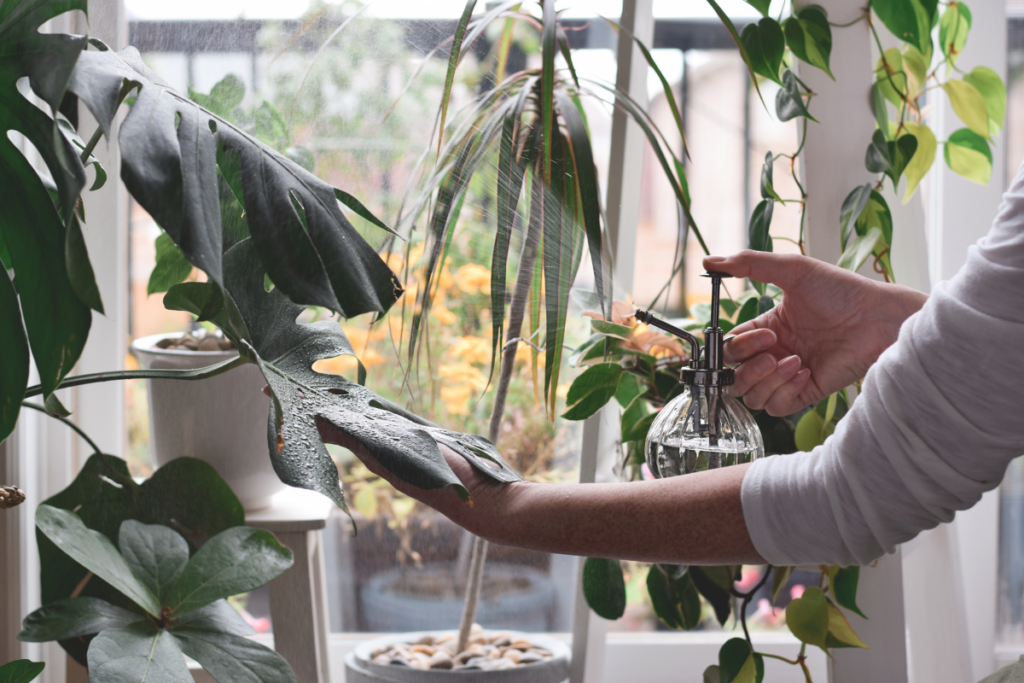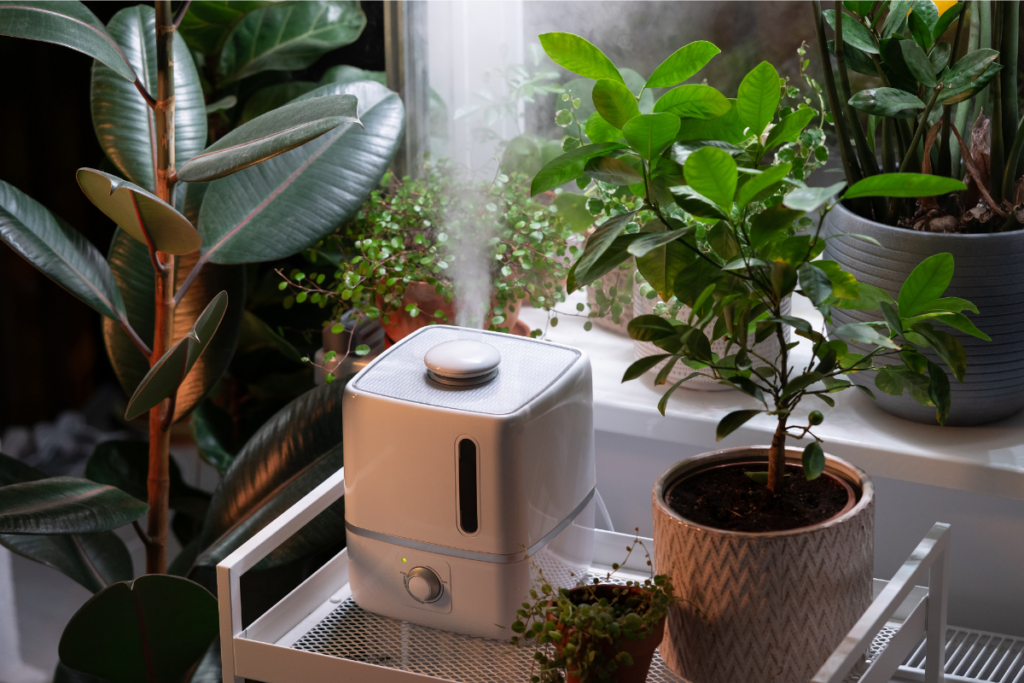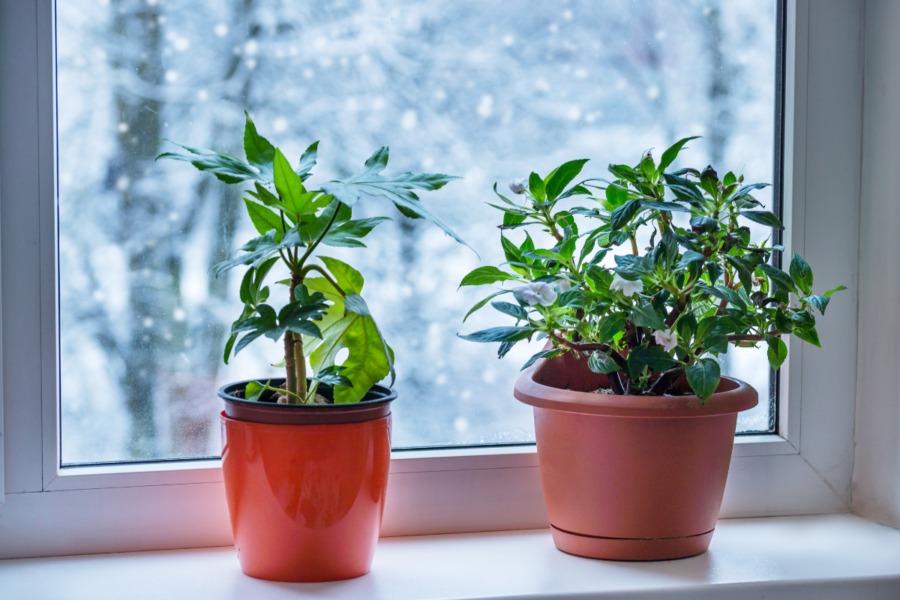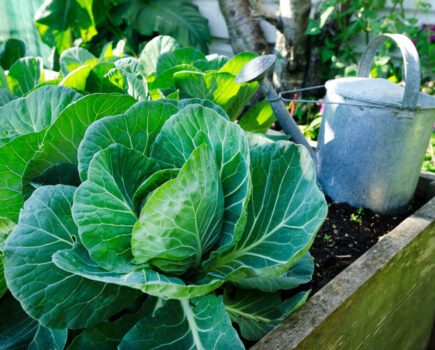Chris Bonnett from Gardening Express explains how to help look after houseplants and protect them from temperature fluctuations.
While keeping the home warm and cosy is essential for comfort, many people overlook the significant harm indoor heating can cause to houseplants if not managed properly. If a plant is placed near a heat source, it may experience sudden temperature spikes which can lead to heat stress and dehydration, affecting the plant’s growth and overall health.
Central heating can also cause damage to plants, as it can dry out the air and cause stress to houseplants that prefer humid conditions. When plants undergo heat stress, they often exhibit signs of distress, including wilting, curling leaves, and a change in leaf colour to brown or yellow.

This doesn’t mean that you should avoid using heating, it’s just important to be more vigilant with plant care and create a comfortable environment for houseplants to thrive during winter. Make sure to find the right spots in your home where the plants are away from heat sources, yet maintain a safe distance from windows to shield them from chilly drafts.
To maintain humid conditions that most houseplants love, it’s also recommended to use a humidifier or bring the plants into the bathroom while you’re having a hot bath or a shower.

TOP TIPS
1. Keep plants away from heat sources
Carefully position your houseplants away from direct heat sources like radiators, heaters or fireplaces. This prevents overheating and keeps your plants from drying out.
2. Group plants together
Grouping your plants together fosters a microenvironment with higher humidity. The plants mutually benefit from the moisture they release through transpiration.
3. Humidify your space
To counteract the drying impact of heating systems, use a humidifier to increase indoor humidity levels. Alternatively, you can bring the plants to the bathroom and use the humidity from hot showers or baths, or place water trays near plants.
4. Mist the plants
Provide your plants with a gentle misting regularly to boost the humidity around them. Be cautious not to overdo it, as excessivemoisture can lead to fungal issues.
5. Adjust your watering schedule
You may need to adjust your watering schedule, as indoor heating can dry out plants quicker. Check soil moisture regularly, and water when the top inch feels dry.
6. Protect from drafts
While shielding your plants from direct heat is crucial, you also need to protect them from cold drafts from windows or doors, as the cold air can stress your plants and cause damage.
7. Trim plants
Trim back leggy growth and remove any damaged leaves from your plants. This promotes more vigorous, healthier growth and encourages your plants to direct their energy toward thriving areas.
Find more tips, advice and articles like this at the Amateur Gardening website. Subscribe to Amateur Gardening magazine now.





